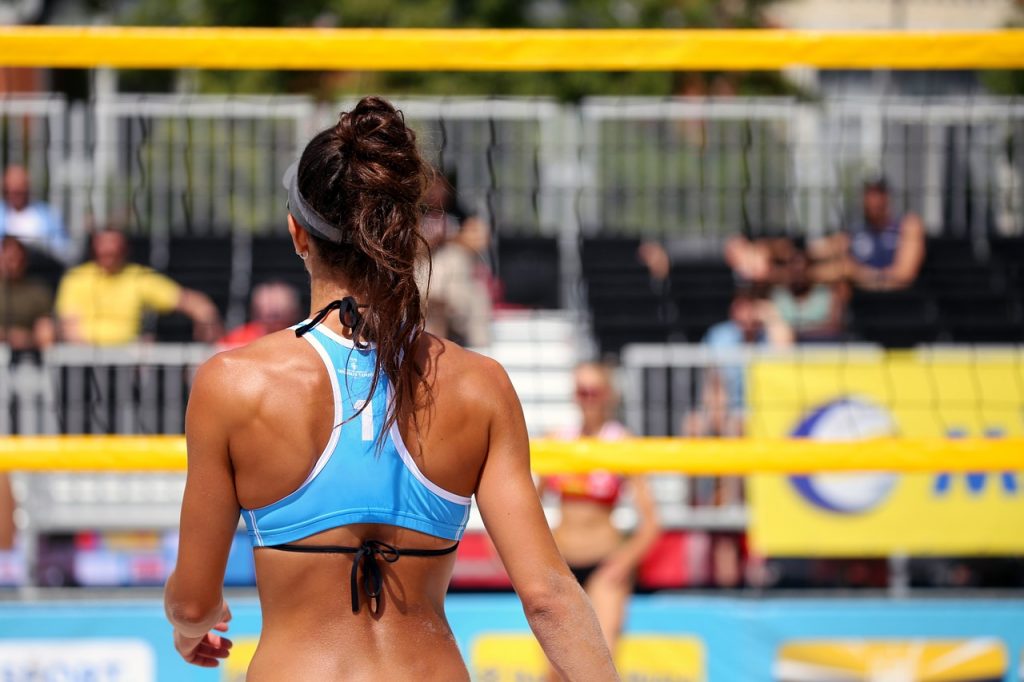
The US saw a recent increase in volleyball leagues, which has resulted in discussions about the sport’s future in the country. With the introduction of multiple leagues, including the League One Volleyball (LOVB), Athletes Unlimited (AU), the Pro Volleyball Federation (PVF), and the upcoming Major League Volleyball (MLV), sports analysts are evaluating whether this trend will support or hamper the sport’s growth.
LOVB was established in 2020 and quickly expanded its footprint across the country by integrating grassroots initiatives with professional play. The league has initiated or acquired 54 junior clubs, totaling 14,000 athletes and 1,300 teams. This network creates a pipeline from youth participation to professional players, creating a strong volleyball community. The LOVB has also secured substantial financial backing with nearly $60 million raised since its establishment.
The PVF concluded its inaugural season in May 2024, with an average attendance of 4,609 per match and a total of 3.9 million YouTube streams. The league’s performance metrics show there is growing domestic interest in professional volleyball. The PVF’s ability to attract online and in-person audiences shows that volleyball is becoming more visible and appealing to US viewers.
This is becoming evident as more fans are turning to online sportsbooks in an attempt to engage with the sport on a deeper level. The nuances between the existing leagues are crucial for sports bettors who need to understand team dynamics and player statistics, as well as the structures of each league. As the sport evolves in the US, platforms like Card Player offer tips and analyses to guide bettors. To better understand the changing volleyball situation, bettors can learn from Card Player’s experts, who provide in-depth strategies and favorable odds.
The MLV is set to launch in January 2025 with ten teams across the country. The league has already secured $100 million in funding from prominent figures in the sports and entertainment industries, including musician Jason Derulo and Vivek Ranadivé, owner of the Sacramento Kings. Reigning PVF champions, the Omaha Supernovas, are also going to transition to MLV as a founding franchise, showing how dynamic league affiliations are in the sport.
The availability of these leagues and emergence of new ones presents both opportunities and challenges for volleyball in the US. The increased visibility and professional player opportunities will attract more players, fans, media attention, and sponsors, which will likely elevate the sport’s status. However, the existence of multiple leagues will result in fragmentation, diluting the talent pool and creating competition for sponsors and viewers.
The establishment of more professional leagues shows a broader trend in private equity and venture capital interest in sports. Investors are looking to capitalize on the growing popularity of volleyball, and this increase in capital will improve broadcasting, betting, and commercialization efforts which can drive volleyball to become a mainstream sport.
The creation of multiple professional volleyball leagues may be a turning point for the sport. The competitive dynamics between the different leagues will shape volleyball’s standing in the years to come, and stakeholders, investors, and fans will have to adapt to the changing landscape.